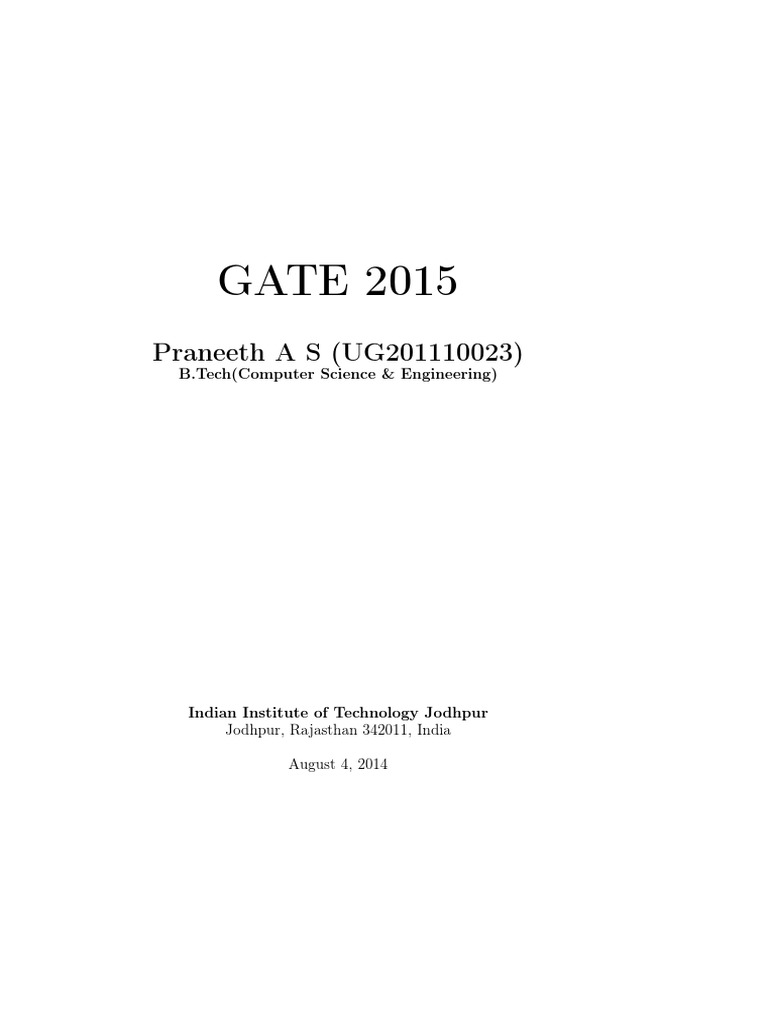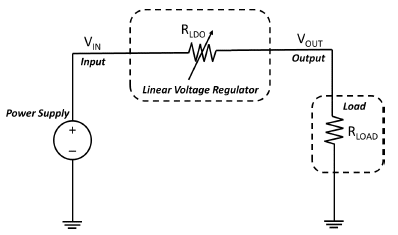
Heat generation is a concern for the power rectifier. Power rectifiers typically use thyristor or IGBT technology. Static excitation systems typically use a power rectifier that converts AC to DC current and provides a controlled field current to the synchronous machine. In a redundant configuration, there are two voltage regulators, one that executes the control functions while the other is in hot standby.

The main elements of an AVR are as follows: Tripping the excitation system if a critical failure or dangerous condition occurs.Issuing notifications to the plant SCADA system if anomalous conditions occur.
 Maintaining the excitation system within safety and stability limits through the use of limiters and protections. Monitoring system I/Os and taking appropriate actions in response to them. Responding to operator commands or grid disturbances. The automatic voltage regulator (AVR), commonly known simply as voltage regulator, executes all control functions of the system, including the following: The main components of a static excitation system are listed below: 2.2.1. An example of such a capability curve is shown below. In addition, the following limiters are typically represented:Įxcitation systems manufactured by Reivax include a dynamic capability curve that can be used to monitor operating conditions in real-time. Typically, the following physical operating limits are represented: The capability curve is a plot of the machine active power (MW) versus the reactive power (MVar). The capability curve of a synchronous machine is a graphical representation of the operating limits of the machine. Typically, coordination is performed as part of a protection study or model validation study, with the settings tested during commissioning of the equipment.ĭuring commissioning, the OEL is drawn such that it overlaps the IEEE/ANSI C50.13 rotor thermal limit. An excitation system is necessary since, without excitation current, the machine operates without field current and consequently, no voltage is generated (induced) in the stator windings of the machine.Ĭoordination between limiters, equipment limits and external protection relays is an important aspect of proper excitation system integration. This varying magnetic flux induces AC currents in the stator windings of the synchronous machine. Since the rotor is contained within the stator, the rotating magnetic field creates a varying magnetic flux as it intersects the stator windings. As the rotor is rotated by the prime mover (such as a hydro or steam turbine), the magnetic field is also rotated.
Maintaining the excitation system within safety and stability limits through the use of limiters and protections. Monitoring system I/Os and taking appropriate actions in response to them. Responding to operator commands or grid disturbances. The automatic voltage regulator (AVR), commonly known simply as voltage regulator, executes all control functions of the system, including the following: The main components of a static excitation system are listed below: 2.2.1. An example of such a capability curve is shown below. In addition, the following limiters are typically represented:Įxcitation systems manufactured by Reivax include a dynamic capability curve that can be used to monitor operating conditions in real-time. Typically, the following physical operating limits are represented: The capability curve is a plot of the machine active power (MW) versus the reactive power (MVar). The capability curve of a synchronous machine is a graphical representation of the operating limits of the machine. Typically, coordination is performed as part of a protection study or model validation study, with the settings tested during commissioning of the equipment.ĭuring commissioning, the OEL is drawn such that it overlaps the IEEE/ANSI C50.13 rotor thermal limit. An excitation system is necessary since, without excitation current, the machine operates without field current and consequently, no voltage is generated (induced) in the stator windings of the machine.Ĭoordination between limiters, equipment limits and external protection relays is an important aspect of proper excitation system integration. This varying magnetic flux induces AC currents in the stator windings of the synchronous machine. Since the rotor is contained within the stator, the rotating magnetic field creates a varying magnetic flux as it intersects the stator windings. As the rotor is rotated by the prime mover (such as a hydro or steam turbine), the magnetic field is also rotated. 
The DC current passing through the field winding of the rotor produces a static magnetic field. The synchronous machine, which consists of a rotor and stator, produces AC currents using the principle of electromagnetic induction. For synchronous motors, it is responsible for maintaining a constant power factor.For synchronous generators, it is responsible for maintaining a constant terminal voltage.The objective of an excitation system depends on the application: Modern excitation systems also include diagnostics functions to simplify troubleshooting, communication protocols for SCADA integration, and limiter / protection functions to ensure that the synchronous machine is operated within its capability curve. This is achieved through the use of closed-loop control (or feedback control). The basic function of an excitation system is to provide a continuous (DC) current to the field winding of a synchronous machine.







 0 kommentar(er)
0 kommentar(er)
